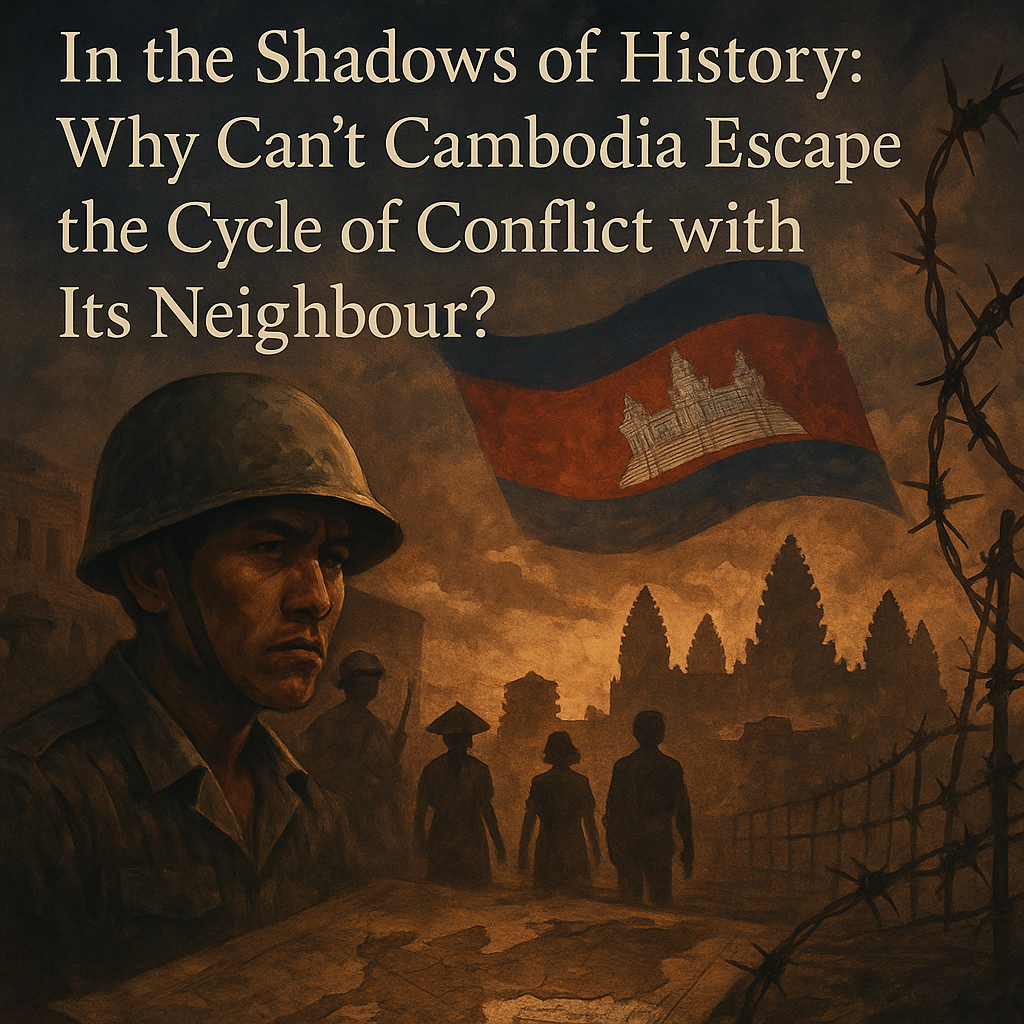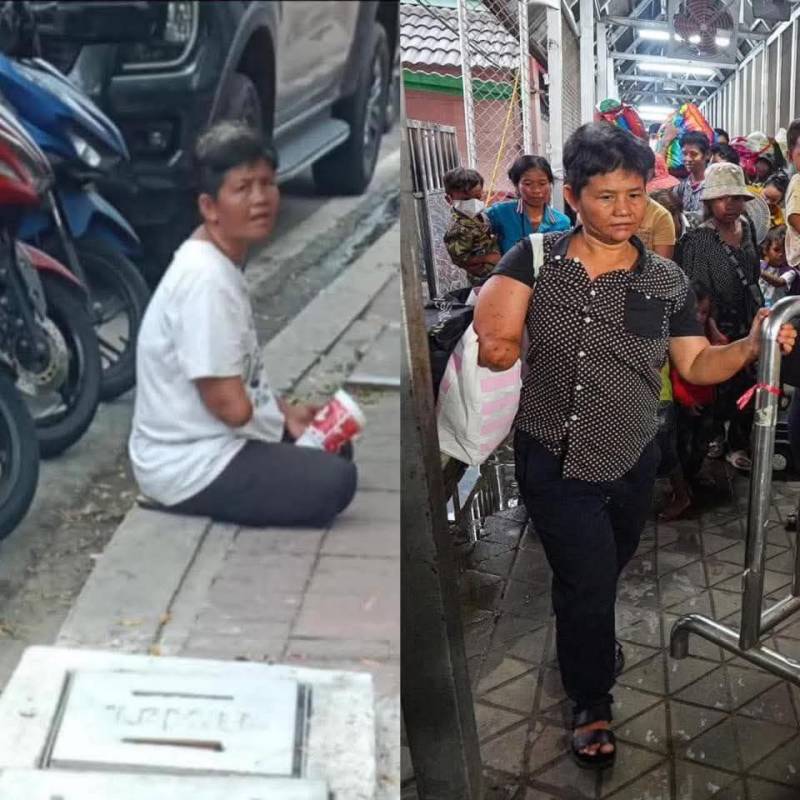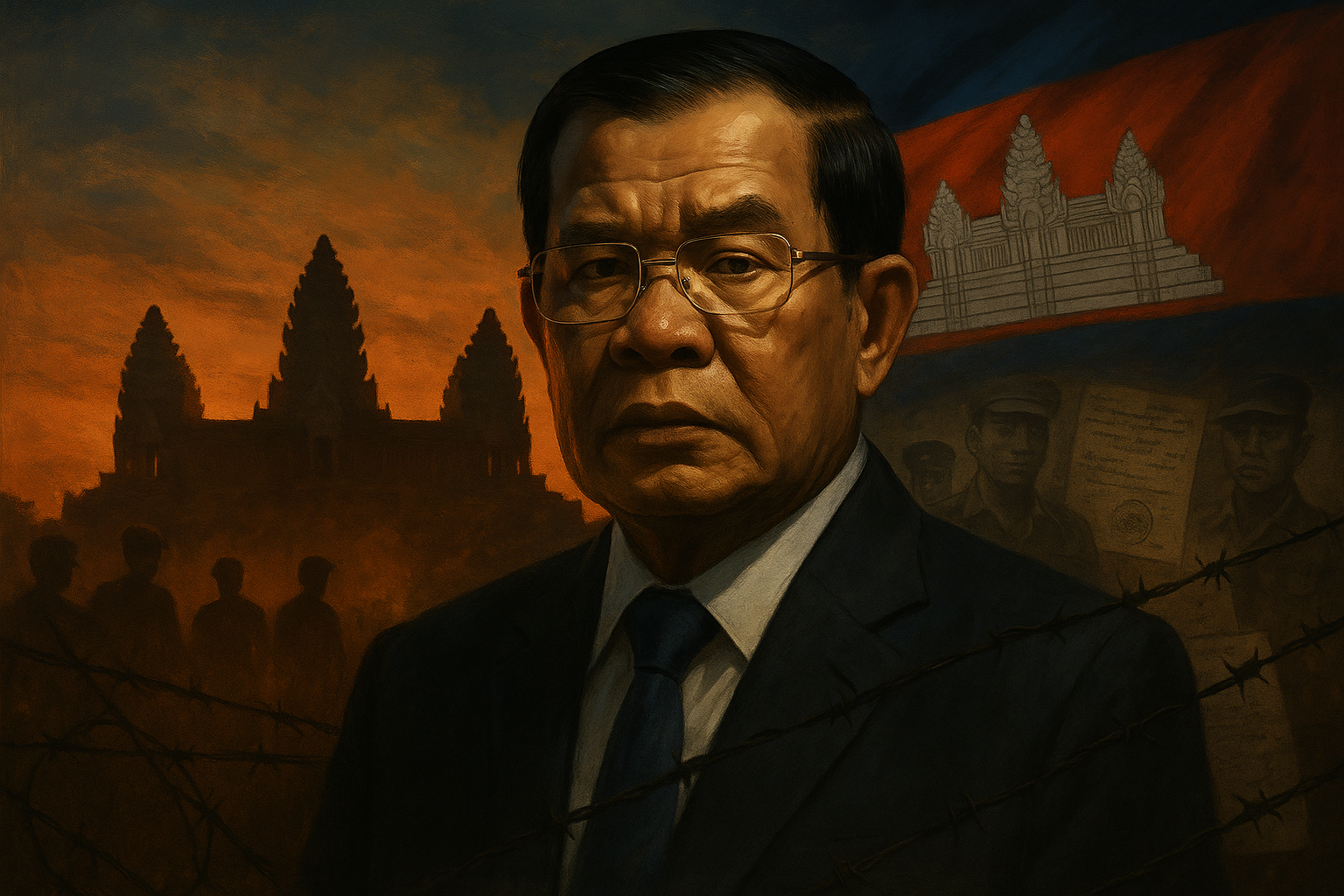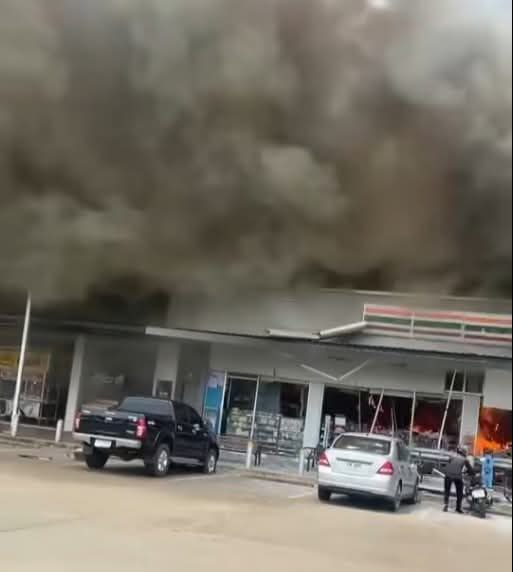If we compare Southeast Asia to a chessboard, Cambodia might be seen as a pivotal piece—capable of many moves, but always at risk of being cornered. Contemporary Cambodian history is filled with scars, negotiations, and a deep-seated mistrust, both internal and external. The country’s ongoing disputes with its neighbors are not simply “border conflicts”—they are the product of a constant, cautious maneuvering in a geopolitical arena where power, interests, and national survival are always at stake.
1. Historical Wounds: The Legacy of Borders and the Fall of an Empire
Cambodia was once the mighty “Khmer,” ruling over vast territories of what is now mainland Southeast Asia for centuries.
But the decline of the Angkor Empire (Angkor Wat–Angkor Thom) brought not only a loss of territory and influence but also left a deep scar on the nation’s spirit and identity.
The sense of having lost “old lands”—especially those now part of Thailand, Laos, and Vietnam—remains a profound trauma in the Cambodian collective memory.
As neighboring countries redrew borders during the colonial era, Cambodia was forced to accept terms it had little power to influence.
This is the root of many unresolved territorial disputes that persist today.
2. Land as Dignity, Ethnicity as a Wound
Conflicts between Cambodia and its neighbors—Thailand and Vietnam, for example—are not just about lines on a map.
They are about national dignity and the collective emotions of entire societies.
The case of “Preah Vihear Temple” is a clear example of how territory can become a symbol of identity struggles.
Many Cambodians feel they have been “encroached upon” or “taken advantage of” time and again—while neighboring countries often view Cambodia’s claims as excessive or provocative.
These feelings become a political force that the state can mobilize, rallying the people against “external enemies,”
while simultaneously creating a smokescreen to distract from domestic problems.
3. Domestic Power, Foreign Games: Leaders and the Politics of Confrontation
Cambodia is not a regional powerhouse compared to its neighbors.
But its leaders (especially under Hun Sen) have learned to use “having problems with neighbors” as an effective tool to consolidate power.
Whenever the country faces economic, social, or political pressure, disputes with neighboring countries are quickly brought to the fore.
This phenomenon mirrors what political scientists call “rally around the flag”—diverting public attention from internal issues to external conflicts.
Cambodian leaders frequently invoke border disputes or disputes over interests with neighbors to legitimize their own authority.
4. Geopolitics: Cambodia Encircled by Major Powers
Cambodia is like an “inner country,” constantly balancing between regional giants.
Thailand, Vietnam, China, and (formerly) the United States have all intervened and competed for influence in Cambodia.
During the Cold War, Cambodia was a “proxy battlefield,” sowing instability for decades.
Today, China is a key player in Cambodia—both economically and militarily.
Cambodia’s choices of alliances, or efforts to balance major powers, often generate mistrust among its neighbors and fuel border tensions.
These complex relationships make it even harder to resolve disputes with neighboring countries.
5. Border Communities: Victims of Endless Conflict
While most disputes play out at the state or government level, the people most directly affected are the ordinary communities along the borders.
Their lives are plagued by uncertainty, displacement, fear, scarcity, and restricted freedoms,
while high-level politics continues to use them as “pawns” in bargaining for national interests.
6. A Culture of Suspicion and Shared Memories
Cambodia’s problems with its neighbors are not only a matter for politicians.
They are deeply rooted in culture, collective memory, folklore, and literature.
Each society has its own “narrative” about loss, victory, or being wronged.
These stories are retold again and again, perpetuating prejudice among the peoples of each country.
7. Conclusion: Can This Cycle of Conflict Ever Be Broken?
Cambodia’s disputes with its neighbors are not issues with “one simple answer” and are hard to resolve in the short term.
As long as borders, ethnicity, identity, and high-level politics are used as tools of power,
these countries may remain trapped in the same cycle of conflict.
But if societies dare to face their histories, open their hearts to facts and shared feelings,
the process of building peace and cooperation remains possible.
It must start with “ordinary people” along the borders—people who want nothing more than stability, freedom, and to coexist with dignity and mutual respect.
If you want further editing, a more concise summary, or an introduction tailored to a certain publication or style, just let me know!







